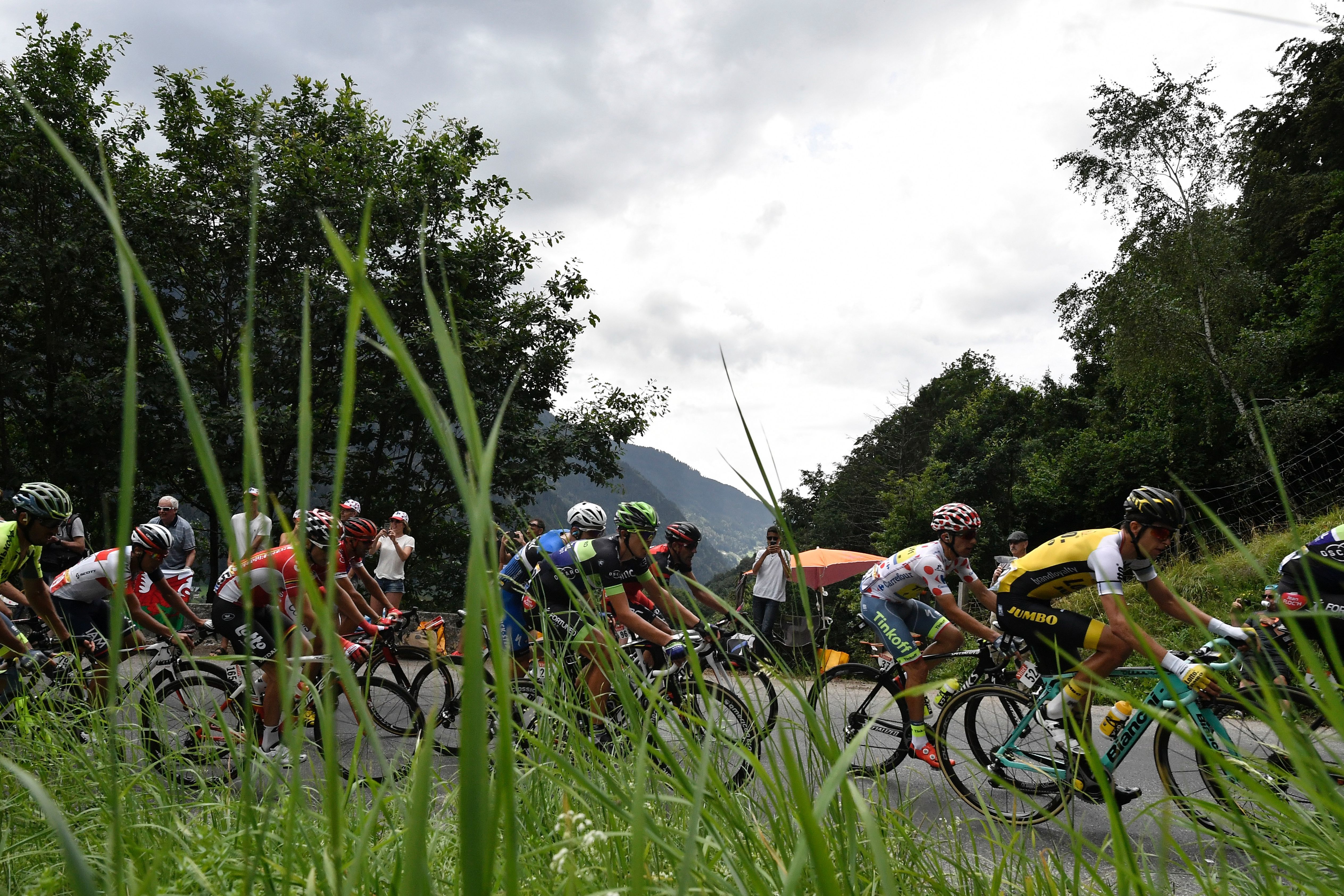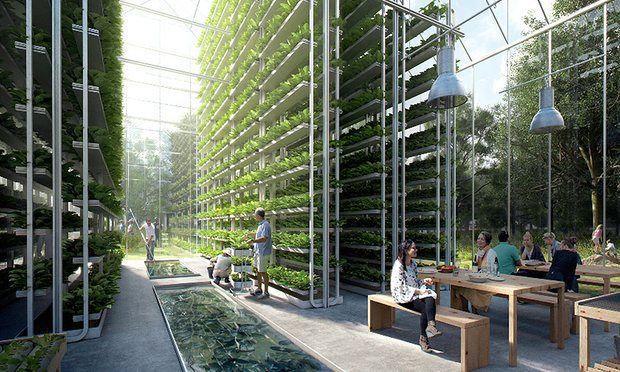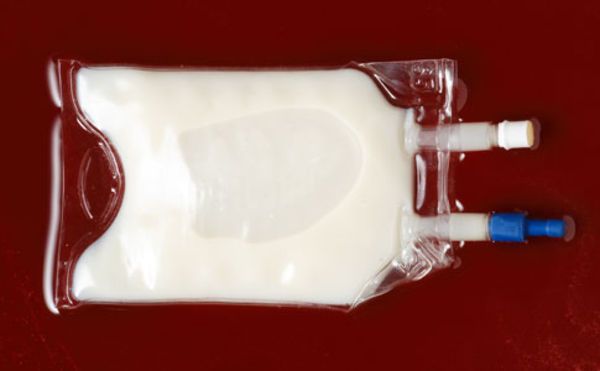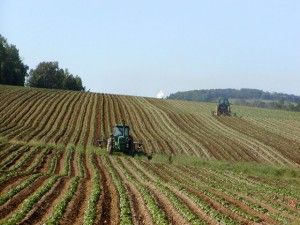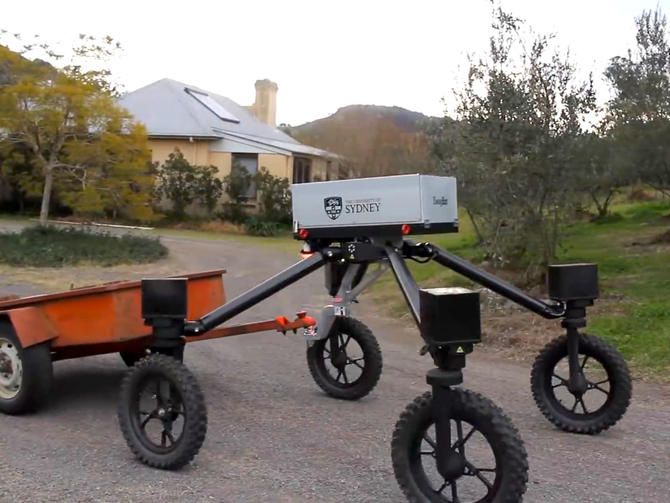Nice.
Elite endurance athletes could be able to keep going for longer thanks to a new drink developed to give soldiers extra energy in battle, a study using former Olympians has found.
Scientists found that cyclists using the drink, which temporarily switches the body’s energy source from glucose to ketones, could travel an extra quarter of a mile than those taking a different energy supplement.
The idea of developing the ketone drink came from the US Army’s research branch, DARPA, who invited scientists to create the most energy efficient food that soldiers could take onto the battlefield.
